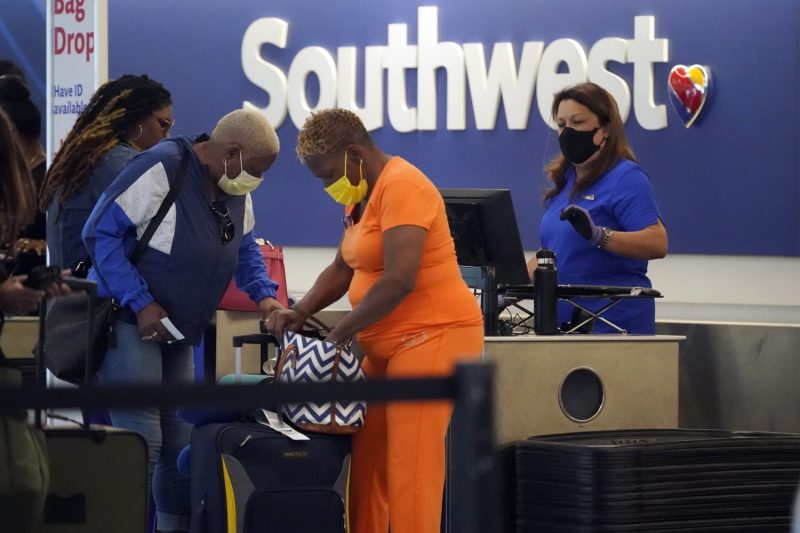Southwest Airlines, known for its unconventional approach to seating with open seating policies, is reportedly considering making changes to its cabin arrangements. This potential shift comes as the airline seeks to adapt to evolving passenger preferences and market trends.
The traditional seating setup on Southwest Airlines flights allows passengers to choose their seats upon boarding the aircraft, leading to a casual and egalitarian atmosphere on board. However, as the airline evaluates the impact of this policy and listens to customer feedback, it is exploring alternatives that may enhance the overall passenger experience.
One possible change under consideration is the introduction of assigned seating, a departure from the current system that could provide passengers with more control and predictability when it comes to their seat selection. By pre-assigning seats, Southwest aims to offer greater convenience and a more structured boarding process, addressing some of the challenges associated with open seating.
While the concept of assigned seating may seem contrary to Southwest’s established brand image, the airline is likely weighing the potential benefits of such a shift. Assigned seating could lead to improved customer satisfaction by reducing the stress and uncertainty that often accompany the scramble for preferred seats during boarding.
Moreover, a move towards assigned seating aligns with industry trends and the practices of many other major airlines, who have long adopted this approach to optimize capacity utilization and streamline operations. By aligning its seating policy with industry standards, Southwest could enhance its competitiveness and appeal to a broader segment of travelers.
However, any decision to transition from open seating to assigned seating would need to be carefully evaluated to ensure that it aligns with Southwest’s core values and mission. The airline’s unique culture, centered on customer service and a friendly, casual atmosphere, has been a key differentiator in the highly competitive airline industry.
Ultimately, the potential shift towards assigned seating reflects Southwest’s commitment to continuous improvement and responsiveness to customer needs. By exploring new cabin arrangements and considering changes to its seating policy, the airline demonstrates its agility and willingness to evolve in a dynamic and ever-changing market landscape. As Southwest evaluates the best path forward, passengers can expect a thoughtful and customer-centric approach to any potential changes in the airline’s cabin configuration.

